Deck & Commander Strategies

Korvold, Fae-Cursed King
Korvold thrives on sacrificing permanents each turn to draw cards and grow stronger, leveraging treasures and tokens to fuel continuous sacrifice and card advantage until overwhelming opponents.
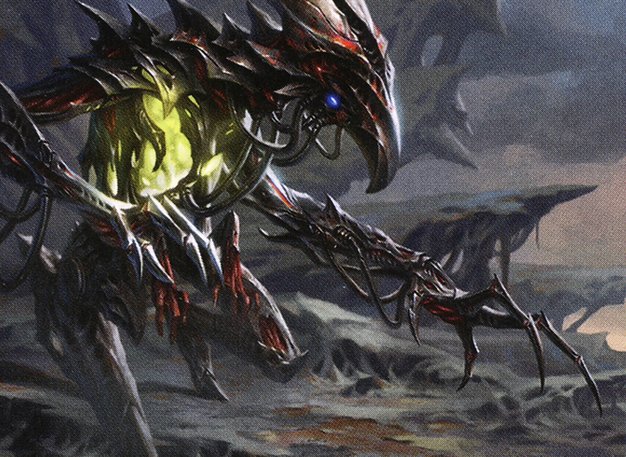
Brudiclad, Telchor Engineer
Brudiclad focuses on creating and copying hasty tokens, often transforming tokens into copies of key creatures like Blood Artist to generate value, control the board, and drain opponents through sacrifice synergies.
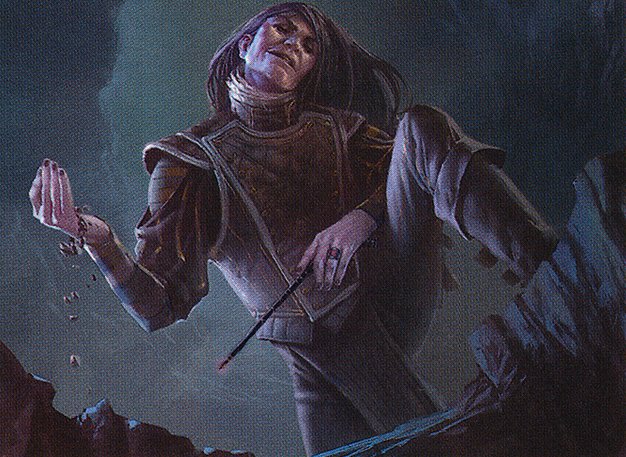
Mairsil, the Pretender
Mairsil leverages flicker effects and token generation to repeatedly exile and reuse abilities from cards in hand and graveyard, creating multiple copies of himself to build versatile value engines and disrupt opponents.

Elesh Norn, Grand Cenobite
Elesh Norn supports a token and control strategy, buffing creatures and weakening opponents’ boards while using powerful enchantments and creatures to maintain board presence and advantage.
Gameplay Insights
- 1
Korvold’s repeated sacrifices of artifacts and creatures such as Seal of Primordium and Grim Monolith rapidly increased his counters and card draw, accelerating his board development.
- 2
Mairsil’s synergy with Fairy Artisan to create token copies of himself allowed multiple exile triggers and continuous value generation from flickering commanders and abilities.
- 3
Brudiclad’s ability to create hasty tokens and turn them into copies of Blood Artist enabled a powerful drain and sacrifice synergy, pressuring opponents’ life totals and board states.
- 4
The use of Curse of Opulence on an opponent generated treasure tokens that fueled Korvold’s sacrifice engine and caused resource disruption.
- 5
Players frequently flickered Mairsil to reuse enter-the-battlefield effects and exile cards, maintaining a dynamic board state and denying opponents’ resources.
- 6
The interaction between token creation, sacrifice, and card draw engines was central to the shifting tempo and power balance throughout the game.
Notable Cards
-

Korvold, Fae-Cursed King
-

Brudiclad, Telchor Engineer
-

Mairsil, the Pretender
-
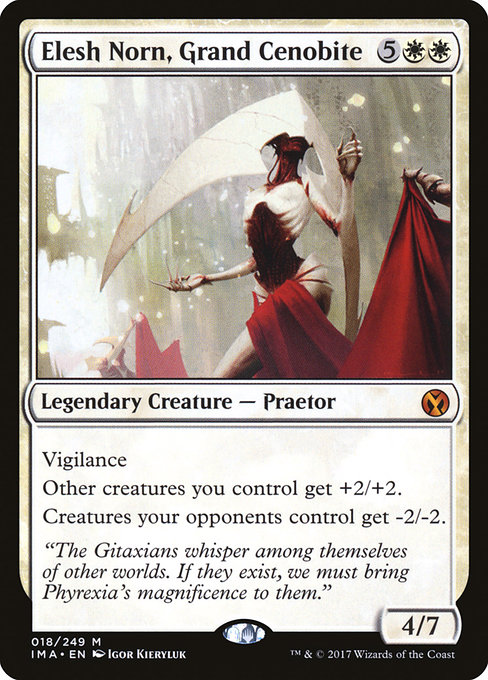
Elesh Norn, Grand Cenobite
-
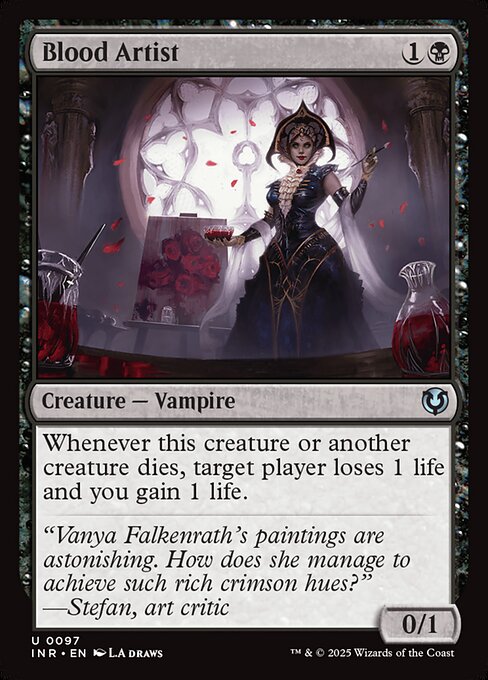
Blood Artist
-

Curse of Opulence
-
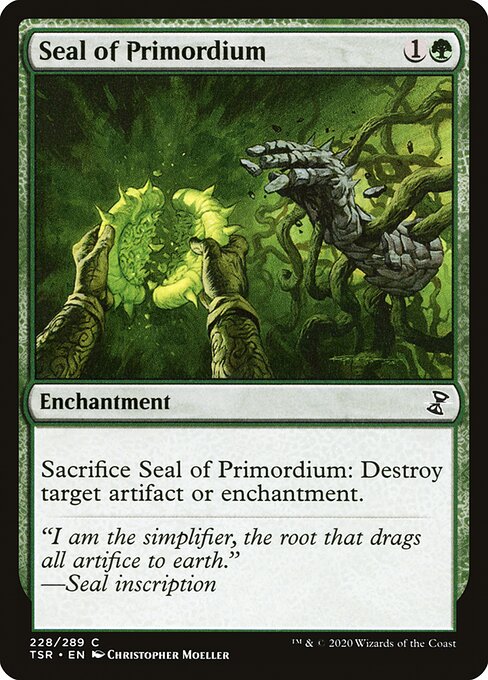
Seal of Primordium
-
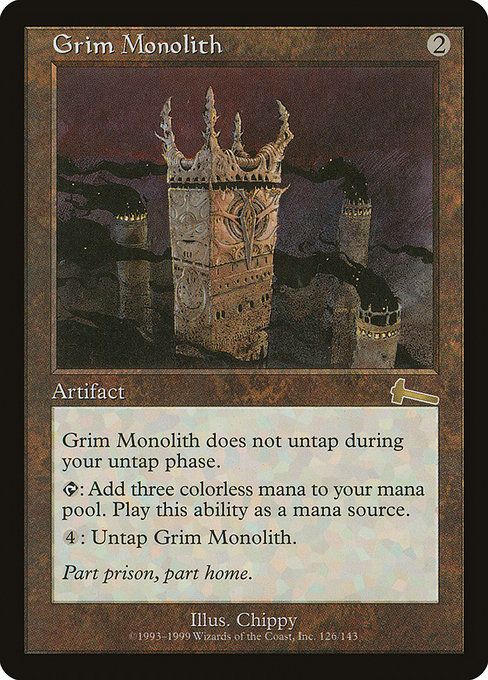
Grim Monolith
-

Dockside Extortionist
-

Thirst for Knowledge
-

Forbidden Alchemy
-
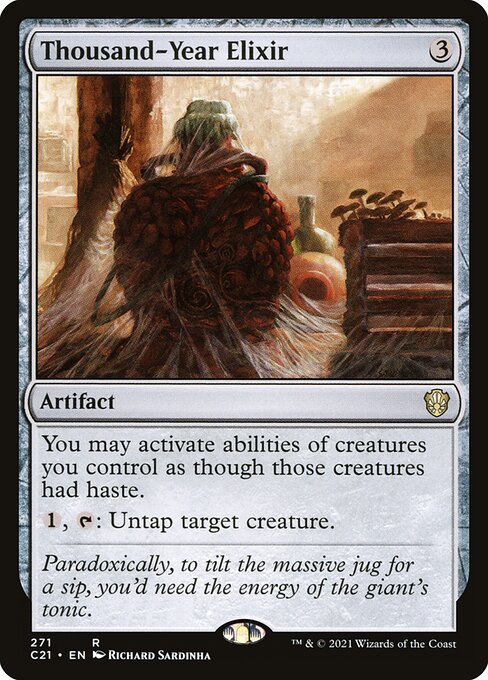
Thousand-Year Elixir
Gameplay Summary
The game began with players establishing their mana bases and early board presence.
Korvold quickly leveraged his sacrifice abilities, gaining card advantage and counters by sacrificing creatures and artifacts such as Seal of Primordium and Grim Monolith.
Mairsil utilized flicker effects and token generation with Fairy Artisan to create multiple copies of itself, generating value by exiling cards from graveyards and hands.
Brudiclad focused on creating hasty tokens and copying valuable creatures like Blood Artist, building a threatening board with multiple synergistic tokens.
Elesh Norn and the other players deployed powerful creatures and enchantments to bolster their boards. A key turning point involved Korvold’s aggressive sacrifice and card draw engine combined with Curse of Opulence, which pressured opponents with treasure tokens and continuous growth.
Mairsil’s flickering and recursive exile interactions kept the board dynamic, while Brudiclad’s token army and copies of Blood Artist created a potent drain and sacrifice synergy.
Elesh Norn’s presence added a layer of control and token synergy.
The game featured multiple tactical plays involving flickering commanders to reuse enter-the-battlefield effects, strategic sacrifices to Korvold, and recurring token production.
Korvold’s ability to draw cards and grow quickly through sacrifices positioned him strongly, but the ongoing token generation and value engines from Brudiclad and Mairsil kept the game highly interactive and threatening for all players.







































